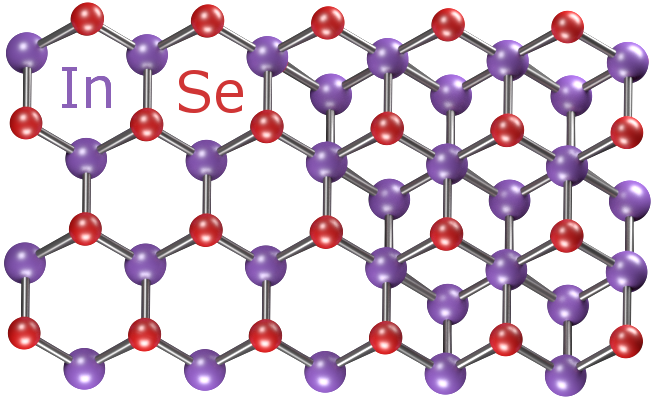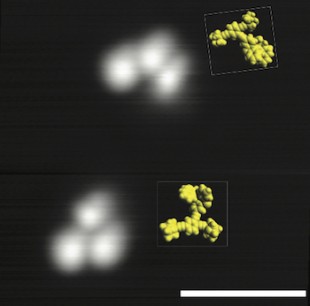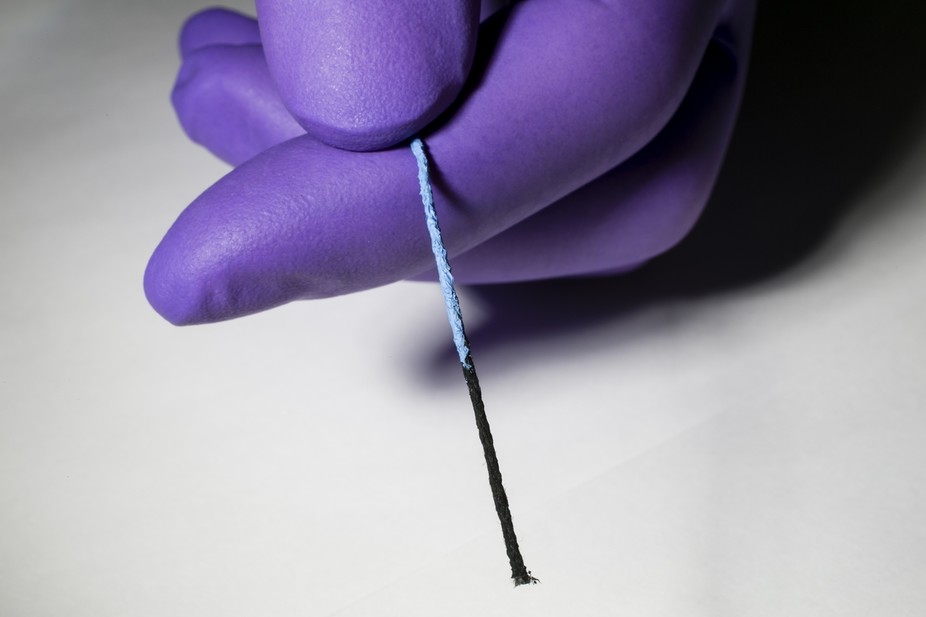One of the major challenges in modern medicine is how to accurately detect disease when people are still feeling healthy. Researchers and doctors alike have long since wondered how to diagnose diseases such as cancer before it progresses too far.
Now, the medical community may find that answer in a new development out of Technion – Israel Institute of Technology called the Na-Nose.
The Na-Nose is a newly developed device that can analyze the chemical signature of exhaled gases to diagnose diseases with 86 percent accuracy. The science behind the device uses carbon nanotubes and gold particles to isolate volatile biomarkers in a patient’s breath.
“It works in the same way we’d use dogs in order to detect specific compounds,” Hossam Haick, co-author of the study, told Smithsonian. “We bring something to the nose of a dog, and the dog will transfer that chemical mixture to an electrical signature and provide it to the brain, and then memorize it in specific regions of the brain … This is exactly what we do. We let it smell a given disease but instead of a nose we use chemical sensors, and instead of the brain we use the algorithms. Then in the future, it can recognize the disease as a dog might recognize a scent.”


 Cybersecurity concerns crop up everywhere you turn lately –
Cybersecurity concerns crop up everywhere you turn lately –  For the past four decades, the electronics industry has been driven by what is called “
For the past four decades, the electronics industry has been driven by what is called “ Newly developed semiconductor materials are showing promising potential for the future of super-fast electronics.
Newly developed semiconductor materials are showing promising potential for the future of super-fast electronics.

 Corrosion costs the U.S. economy over $450 billion per year. In an effort to better predict the effects of corrosion, ECS Fellow
Corrosion costs the U.S. economy over $450 billion per year. In an effort to better predict the effects of corrosion, ECS Fellow 
 The
The  Currently, electric vehicles depend on a complex interplay of batteries and supercapacitors to get you where you’re going. But a recently published paper, co-authored by
Currently, electric vehicles depend on a complex interplay of batteries and supercapacitors to get you where you’re going. But a recently published paper, co-authored by 